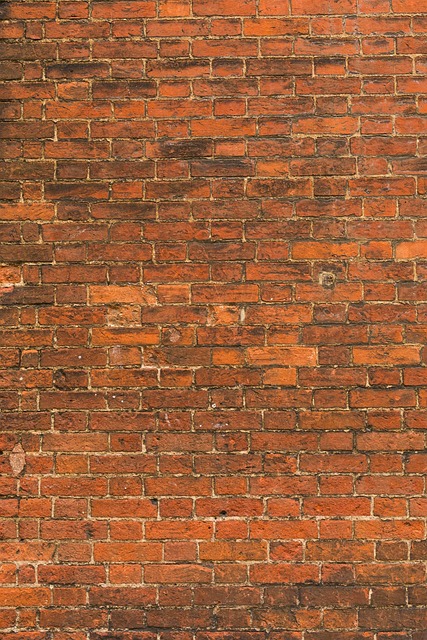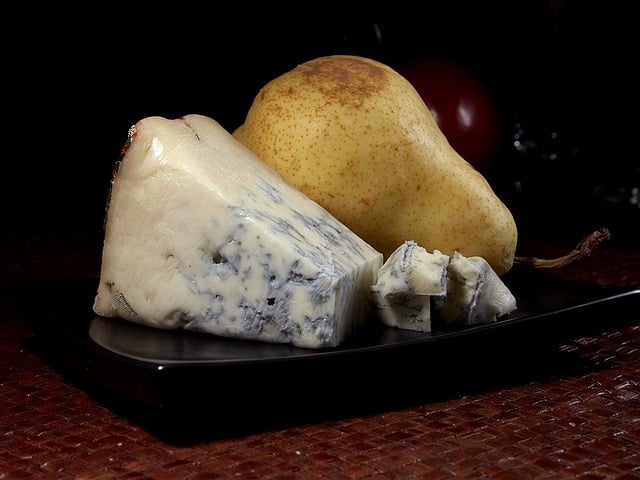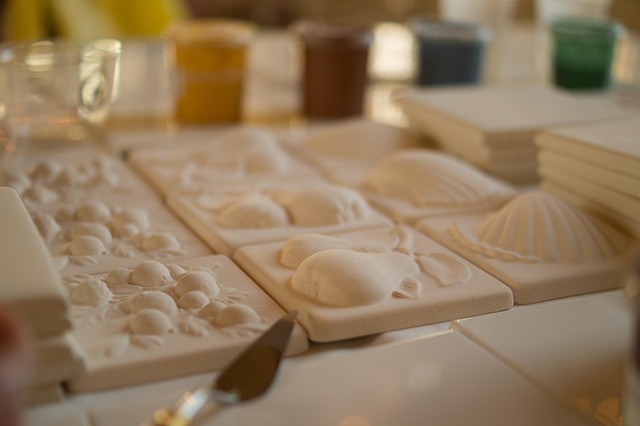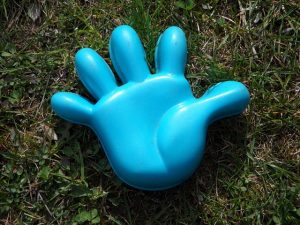Grout sealing is crucial for maintaining kitchen and bathroom hygiene and aesthetics by preventing mold, mildew, and stain growth in porous grout. Regular sealing creates a protective barrier against moisture, dirt, and contaminants, making cleaning easier and prolonging grout lifespan. Choosing the right sealer based on material, moisture exposure, and desired longevity ensures effective protection while aligning with safety and design considerations. Following a step-by-step guide to application and regular maintenance ensures sealed grout remains in top condition, preserving space freshness and cleanliness.
Grout sealing is an essential maintenance step for kitchens and bathrooms, offering a powerful solution to prevent mold, mildew, and stubborn stains. In these high-moisture environments, proper grout sealing acts as a protective barrier, shielding tiles from water penetration and mitigating the growth of unsightly and harmful organisms. By understanding the importance of grout sealing, you can transform your spaces into clean, hygienic, and visually appealing areas that stand the test of time.
Understanding Grout Sealing: Why It's Essential for Kitchens and Bathrooms

Grout sealing is a crucial step in maintaining the cleanliness and aesthetics of kitchens and bathrooms. It involves applying a protective coating to grout lines, which acts as a barrier against moisture, dirt, and other contaminants. This process is essential because grout is porous and tends to absorb liquids easily, making it susceptible to mold growth and staining.
Over time, even with regular cleaning, grout can become discolored and unsightly due to the accumulation of soap scum, mineral deposits, and bacteria. Grout sealing prevents this from happening by creating a non-porous surface that repels liquid and makes it easier to wipe away dirt and grime. By implementing grout sealing as part of your kitchen or bathroom upkeep routine, you’ll not only extend the life of your grout but also ensure that your spaces remain fresh, clean, and inviting.
The Common Issues with Unsealed Grout: Mold, Mildew, and Stains

Unsealed grout in kitchens and bathrooms can lead to a host of issues, with mold, mildew, and stains being the most common problems. These unwanted guests often find their way into the tiny gaps between tiles, thriving in the warm, damp environments typically found in these spaces. Without proper sealing, moisture can penetrate the grout, creating the perfect breeding ground for fungi and bacteria to flourish. Over time, this not only discolors the grout but also damages the overall aesthetic appeal of the room and can even compromise the structural integrity of tiled surfaces.
Regular cleaning might temporarily mask these issues, but it’s a temporary solution at best. Grout sealing is a proactive approach that effectively prevents mold, mildew, and stains from taking hold. By applying a seal to the grout, you create a protective barrier that repels moisture and dirt, ensuring your tiles stay looking fresh and clean for longer periods. This simple step can save you time, money, and the hassle of frequent cleaning and costly repairs down the line.
Benefits of Grout Sealing: A Comprehensive Protection Solution

Grout sealing offers a comprehensive protection solution for kitchens and bathrooms, providing a barrier against moisture, dirt, and other contaminants. By sealing the grout, you create an impenetrable layer that prevents water from seeping into the tiny gaps between tiles, which is crucial in preventing mold and stains from forming. This is especially important in high-humidity areas like bathrooms, where moisture can quickly lead to unsightly stains and the growth of harmful fungi.
In addition to preventing mold and stains, grout sealing enhances the overall aesthetics of your space. Sealed grout looks cleaner, smoother, and more uniform, giving your kitchen or bathroom a polished, professional look. It also makes cleaning easier, as sealed grout is less prone to absorbing dirt and grime, allowing for quick wiping and maintenance. This not only saves time but also ensures that your surfaces remain in top condition, making your home a more welcoming and hygienic space.
Choosing the Right Grout Sealer: Factors to Consider for Optimal Results

Choosing the right grout sealer is crucial for achieving effective protection against mold, stains, and water damage in both kitchens and bathrooms. Several factors influence optimal results. First, consider the type of grout material—cement-based grouts require different sealers than epoxy or silicone-based options. Second, evaluate the level of moisture exposure; high-humidity areas necessitate a waterproof sealer designed to resist mold growth. Additionally, select a sealer with an appropriate lifespan; some offer annual renewals for extended protection. Finally, check for user-friendly application and safety features, ensuring the sealer is safe for food-prep surfaces and compatible with your overall design aesthetic.
Application Tips: Step-by-Step Guide to Effective Grout Sealing

Application Tips: Step-by-Step Guide to Effective Grout Sealing
Before applying grout sealing, prepare your kitchen or bathroom by ensuring the surfaces are clean and dry. This step is crucial as any residue can affect the adhesion of the sealer. Start by removing all loose debris and scrub the grout lines with a mild detergent to eliminate any grease or dirt. Once clean, allow the area to completely dry, typically within 24 hours, to achieve optimal results.
Next, choose an appropriate grout sealing product suited for your surface. There are various options available, from silicone-based sealers to acrylics, each with unique properties. Follow the manufacturer’s instructions when selecting and preparing the sealer. Typically, this involves mixing the sealer and adding a suitable primer if needed. Using a small brush or sponge, evenly apply the sealer along the grout lines, making sure to cover all surfaces. Allow the sealer to dry according to the specified time frame before sealing gaps with caulk for added protection against mold and stains.
Maintenance and Longevity: Ensuring Your Sealed Grout Stays Protected Over Time

Regular maintenance is key to keeping your sealed grout looking its best and ensuring longevity. Over time, even with proper sealing, grout can become susceptible to mold and stains from everyday use. To prevent this, regularly clean your grout using a mild detergent or disinfectant, focusing on areas prone to moisture buildup. This simple step goes a long way in maintaining the integrity of your sealed grout.
Additionally, consider re-sealing your grout every few years, especially in high-traffic areas like kitchens and bathrooms. Reapplication of grout sealing products can fill in any gaps that have formed due to wear and tear, effectively preventing mold and stains from taking hold again. By investing time and effort into these maintenance practices, you can extend the life of your sealed grout, keeping your spaces looking fresh and clean for years to come.
